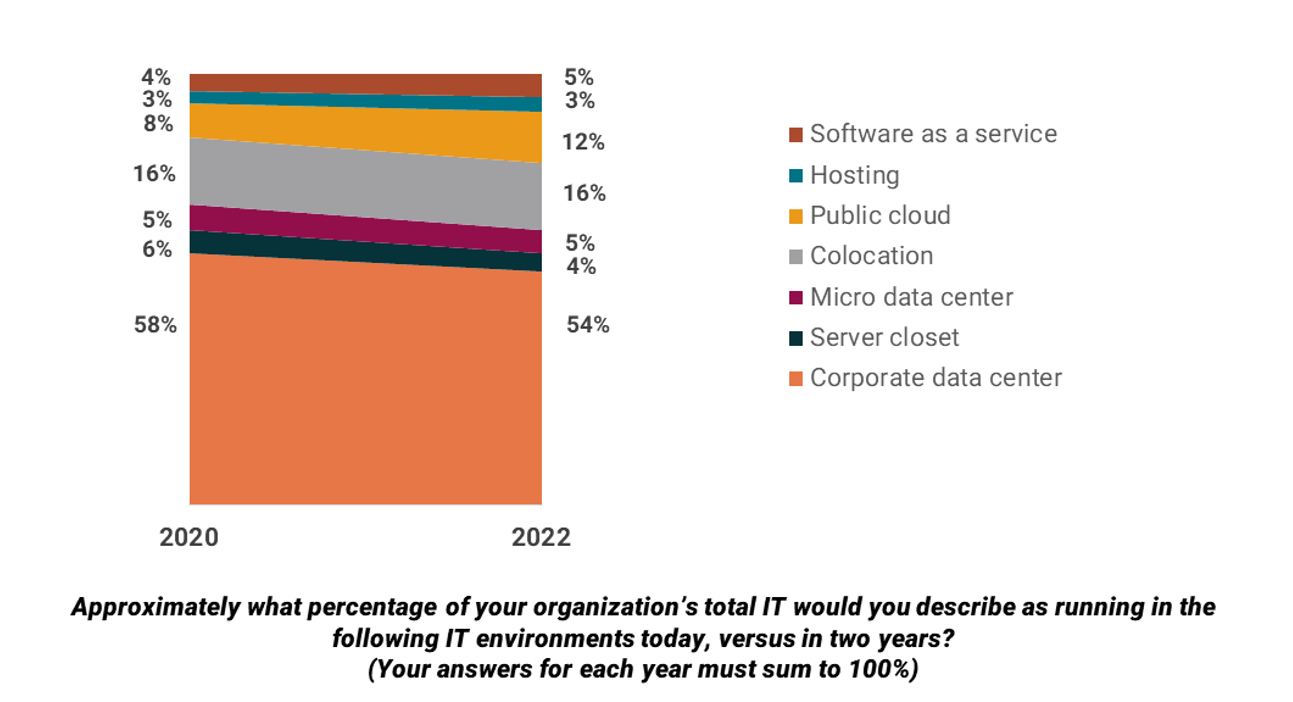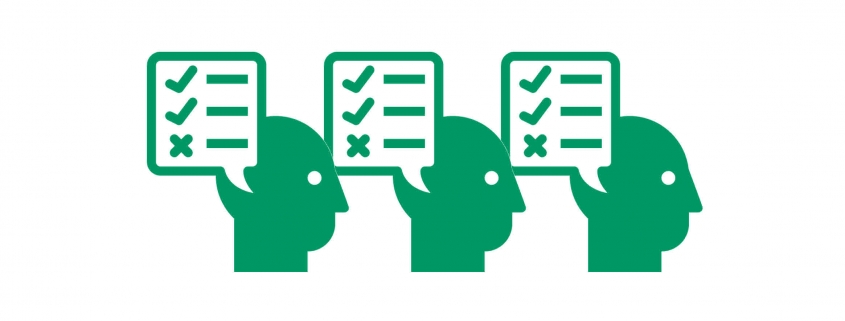Common Factors for IT venue selection (Choosing In-house or Outsource)
Data center capacity is rapidly expanding in outsourced, third-party IT venues, such as colocation data centers and public cloud. Whether measured in megawatts (MW) of uninterruptible power supply capacity or IT load (or by some other measure, such as square feet of white or leased space, or in units of compute or storage) overall capacity is growing rapidly.
There are many factors driving this growth, including newer cloud-based services, such as social media and streaming; mobile applications and services; new enterprise services and applications; the migration of corporate workloads into colocation sites; and the adoption of software as a service (SaaS) and public cloud platforms.
Does this mean that almost all IT workloads will end up running in a third-party data center? In a word, No, not for a long time and in some cases, never. In the 2020 Uptime Institute survey, as in years past, we asked respondents to estimate, by percentage, how much of their workload/data is processed/stored in different types of data centers today and how this might look in two years’ time.
The majority (58%) said that most of their workloads run in corporate data centers today — that is, enterprise-owned, on-premises facilities. And if you add in Micro datacenters and Server closets, that figure rises to 69%!

These findings are similar to those of our previous years’ surveys. They confirm Uptime Institute’s view that the enterprise-owned data center sector, while not necessarily the most innovative, will continue to be the foundation of enterprise IT for the next decade. In our survey, nearly two-thirds of IT workloads are expected to be running in privately owned environments (large data centers, server closets and micro data centers) by 2022, with the remainder contracted to external suppliers. Although the enterprise data center sector is falling as a percentage of the whole, the absolute amount of enterprise data center capacity is still growing.
A mix of factors typically drive enterprise demand for third-party IT venues; similarly, multiple factors drive demand for on-premises data centers. Often some combination of the factors listed below come into play when deciding the best-execution venue for workloads.
COMMON DRIVERS FOR IT VENUE SELECTION DECISIONS
Choosing Outsourced:
Cost: Outsourcing can lower costs in the short to medium term. For organizations “born” in a public cloud or colo, it typically is cost-prohibitive to move to an enterprise data center.
Cost allocation: Outsourcing shifts cost allocations from capex toward more repeatable opex models.
IT agility and flexibility: Outsourcing provides the ability to readily and quickly adapt to changing capacity needs without the burden of managing the full stack of IT and applications; IT can be used for a project’s duration only (e.g., for test and development).
Access to resources: Third-parties may provide access to a wider range of resources, including technology, interconnections, software tools, services and application environments.
Security: Third-parties can offer the most advanced, highly resourced security features.
Choosing on-premise:
Cost: Ownership delivers total cost of ownership benefits over the long term; in the shorter term, owners avoid the data transport costs of moving to an outsourced venue.
Governance: On-premises environments may be necessary for compliance with data governance and regulatory requirements.
Control: Owners can closely monitor and control factors such as latency, availability and application performance. While most outsourced venues are strong in these areas, service level agreements vary and are limited.
Risk: Ownership ensures full visibility into (and the ability to adjust) the risk profile of every workload.
Security: Ownership provides the ability to maintain control and governance (dedicated rather than shared physical infrastructure) over security features.
Want to know more about venue selection, data center staffing and skills, latest technologies in use and the cloud, risk and cost management, operational strategies and more? Check out our full 2020 Annual Survey.

 UI @ 2020
UI @ 2020


 2019
2019



 UI 2020
UI 2020